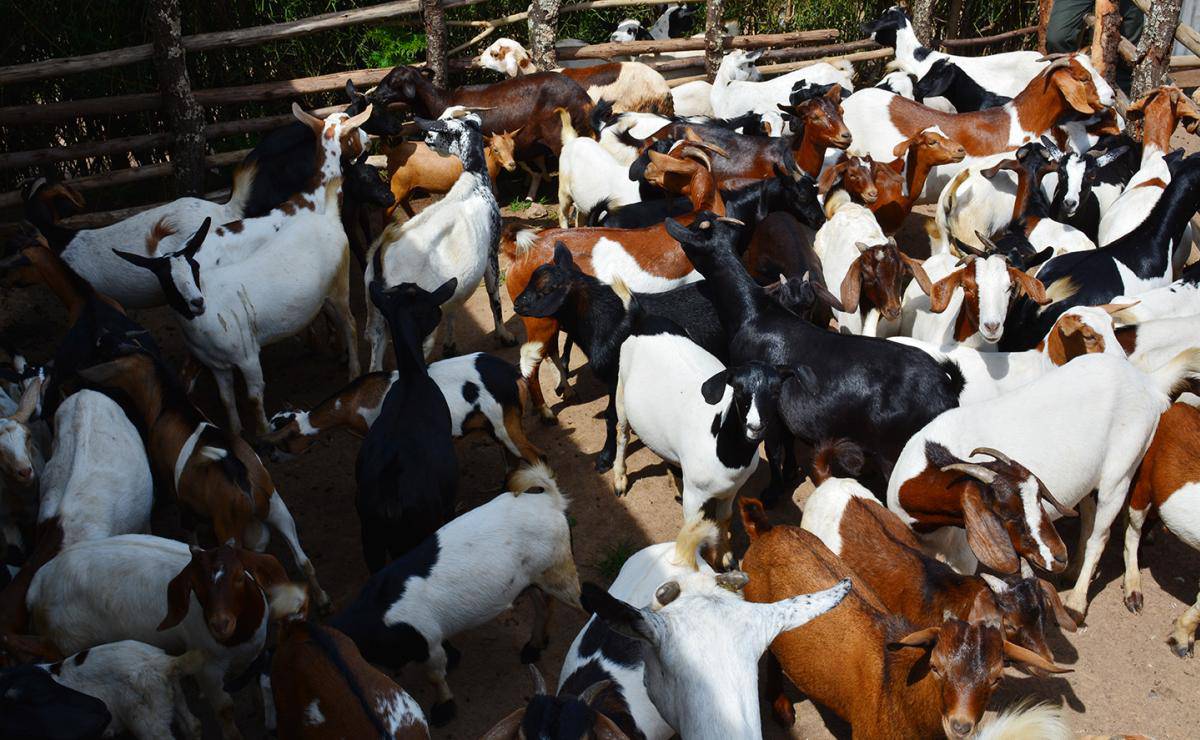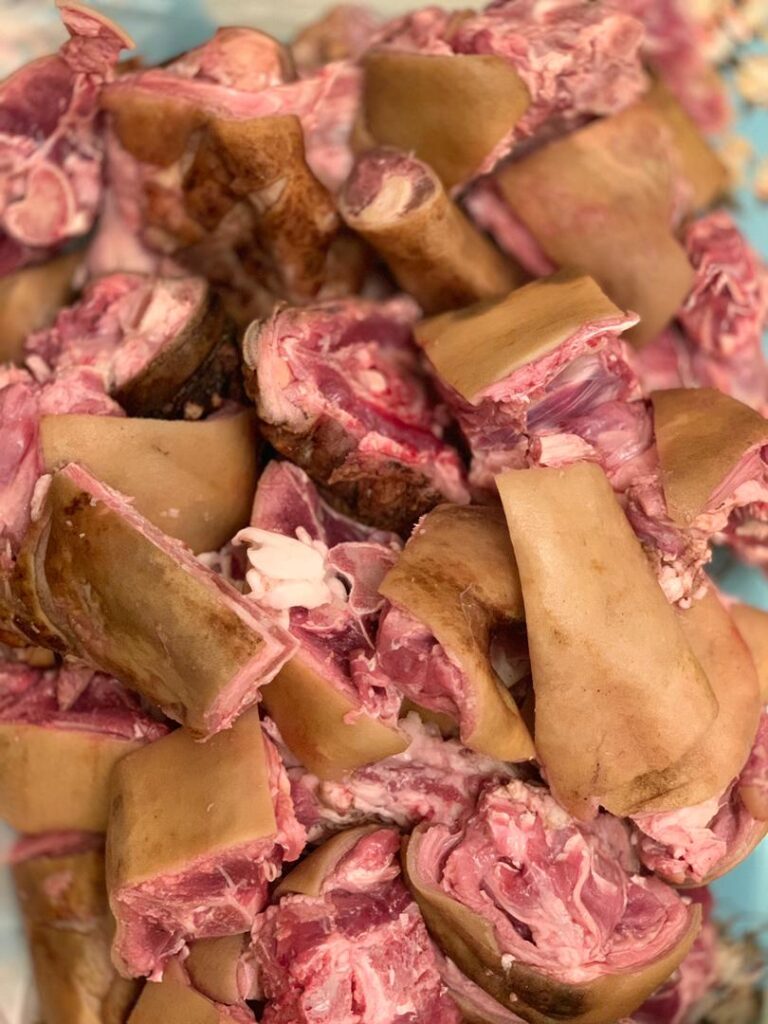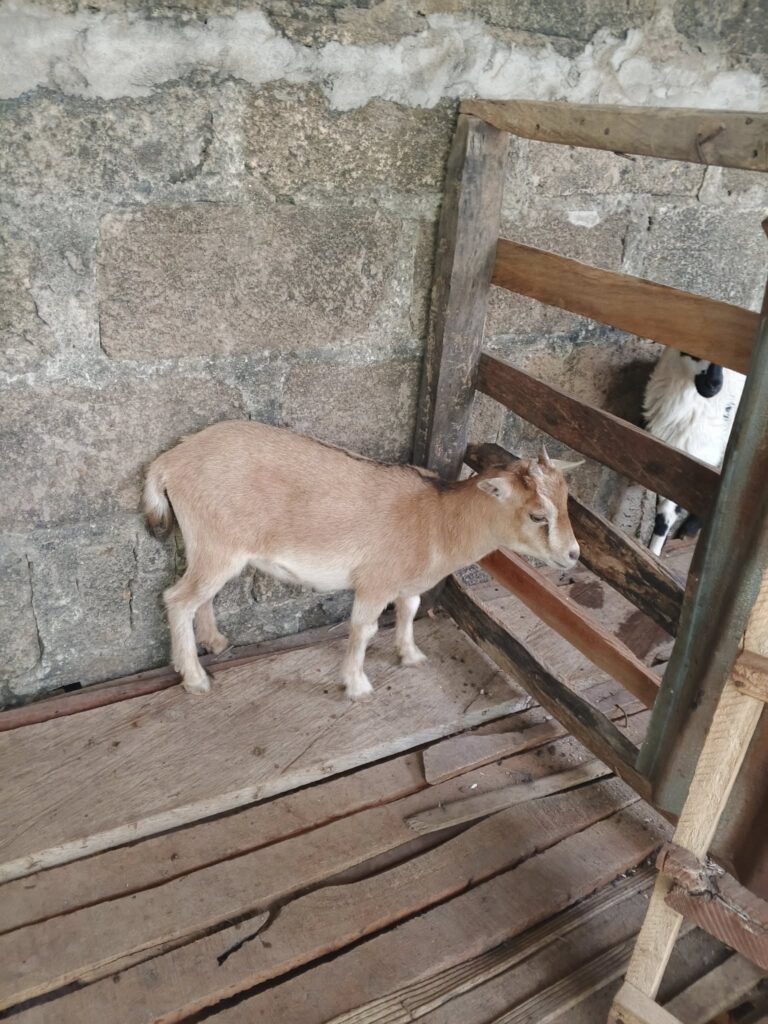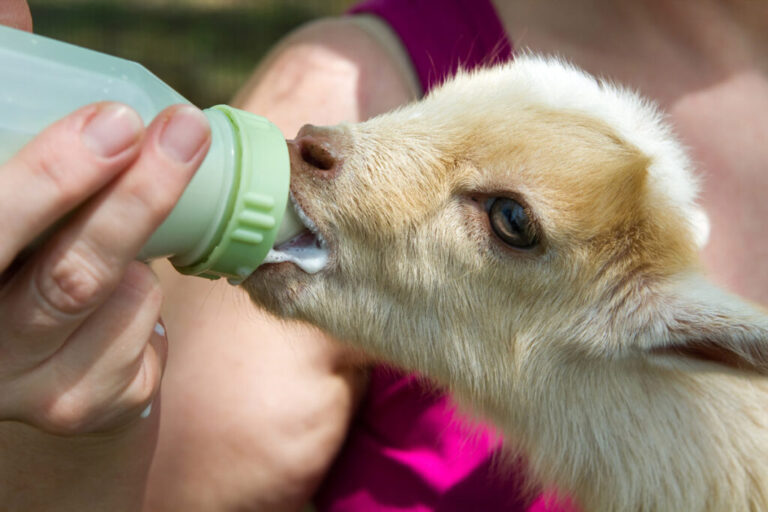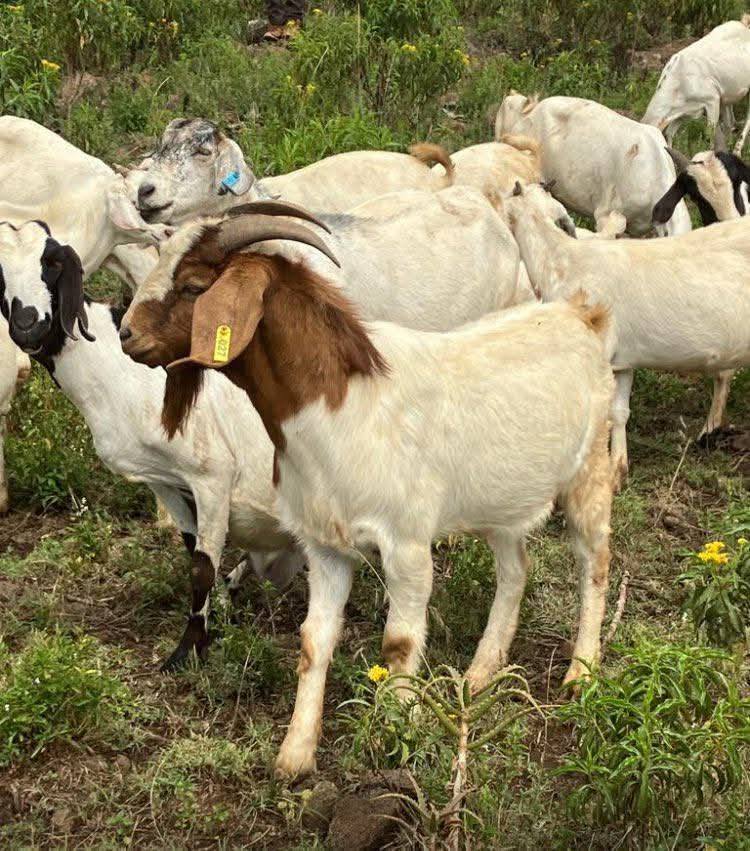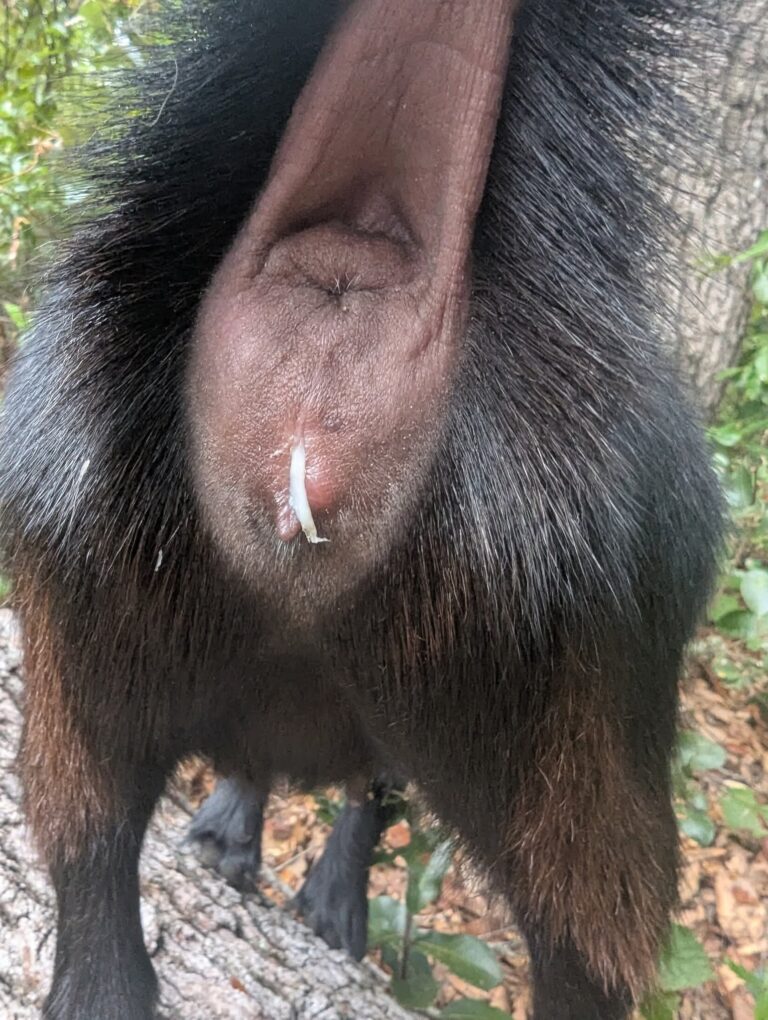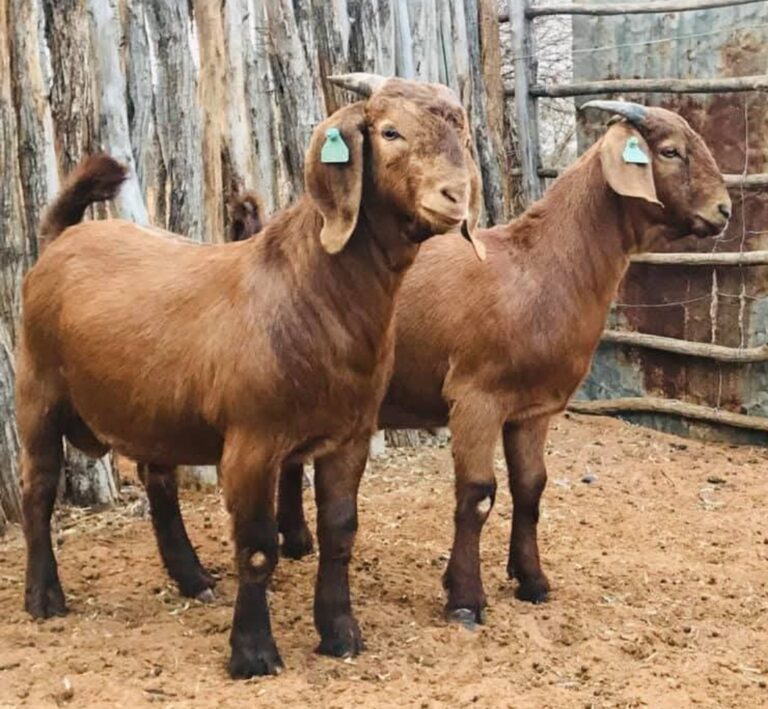Goat farming is one of the most profitable and beginner-friendly ventures in livestock rearing. Whether you are looking to rear goats for meat, milk, or breeding purposes, this guide breaks down everything you need to know to get started with confidence. From choosing the right breed to understanding feeding, housing, health management, and marketing, this comprehensive overview will serve as your roadmap into the world of goat farming.
Why Goat Farming Is a Smart Investment
Compared to larger livestock such as cattle, goats require less capital to start and maintain. They reproduce quickly, adapt to different environments, and are relatively hardy animals. For beginners, these advantages mean fewer barriers to entry and faster returns on investment. In many developing regions, goats are also a vital source of household income, food security, and manure for crop farming. With the right planning, even a small-scale operation can yield steady income and long-term sustainability.
Choosing the Right Goat Breed
Your farming goals should guide your choice of goat breed. If your primary focus is dairy production, breeds like the Saanen, Alpine, and Toggenburg are excellent for their high milk yield. In contrast, if you’re more interested in meat, the Boer goat stands out for its fast growth rate and heavy build. Those looking into dual-purpose breeds may consider the Nubian or Kalahari Red, which provide both milk and meat in good quantities. It’s important to buy your starter goats from reputable breeders to ensure disease-free and well-bred animals that suit your region’s climate and your farm’s objectives.
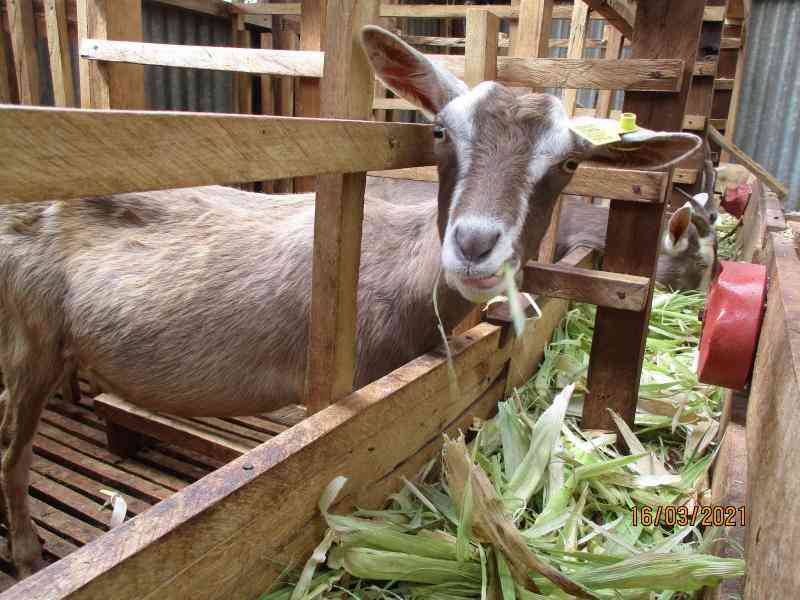
Space and Shelter Requirements
Good housing is essential for healthy and productive goats. Although goats do not require elaborate structures, they do need dry, well-ventilated, and predator-proof shelters. Goats are highly susceptible to respiratory diseases if kept in damp environments, so elevation and drainage should be key considerations when constructing or selecting your goat pen. The shelter should also provide enough space for each goat to move freely. Overcrowding often leads to stress and disease outbreaks, which could undermine your farm’s growth before it takes off.
Feeding Practices
Feeding goats properly is more than just allowing them to graze. While goats are natural browsers and will feed on shrubs, leaves, and grasses, supplementing their diet with energy-rich feed is vital, especially during dry seasons or when natural pasture is scarce. In addition to forages, introducing protein sources like groundnut hay, cassava peels, or soybean meal can enhance growth and milk production. Clean water must be available at all times, as goats are particularly sensitive to dehydration, especially lactating does and growing kids.
Reproduction and Breeding Cycle
Goats are prolific breeders, and understanding their reproductive cycle is key to maintaining a sustainable herd. Typically, a doe can give birth to twins or triplets twice a year if managed well. The gestation period is about 150 days, and kids should be weaned after two to three months depending on your production goals. To avoid inbreeding, it is advisable to introduce a new buck every few years. Managing your breeding schedule also allows you to plan for consistent production, making it easier to meet market demand and maintain income flow.
Preventive Health Care
Preventive health care is crucial in goat farming. Common diseases such as pneumonia, foot rot, and parasitic infections can devastate a herd if not managed promptly. Vaccinations, regular deworming, and proper sanitation can go a long way in maintaining herd health. In addition, isolating new or sick animals is a practice that minimizes the spread of infections. While goats are generally hardy, having a working relationship with a local veterinarian can provide quick solutions and expert advice when issues arise.
Daily Routine
Running a successful goat farm involves developing a consistent routine. This includes daily feeding, water checks, cleaning of the pen, and monitoring for signs of illness or injury. Observation is one of the most powerful tools in early disease detection. For instance, a goat that suddenly becomes inactive, loses appetite, or separates itself from the rest of the herd could be showing signs of illness. Keeping farm records such as breeding dates, vaccination schedules, and weight gain helps you make informed decisions and track your progress over time.
Market Opportunities
Goat products enjoy high demand across local and international markets. In many communities, goat meat is a staple, and there is a growing market for goat milk, which is often favored by lactose-intolerant individuals. Skins, manure, and even live goats for ceremonies or breeding purposes also provide additional income streams. To tap into these opportunities, farmers must study their local market trends. For example, festive seasons often come with increased demand for meat, which can be capitalized on through planned breeding and timely sales.
Starting Small and Scaling Up
For beginners, it is advisable to start with a manageable number of goats, usually between five and ten, so you can master the basics without being overwhelmed. As you gain experience and understand the dynamics of feed sourcing, disease control, and marketing, you can gradually expand. Scaling up should be done with care, ensuring your infrastructure, financial capacity, and manpower can handle the growth. Many successful goat farmers started small but built their operations steadily through discipline and reinvestment.
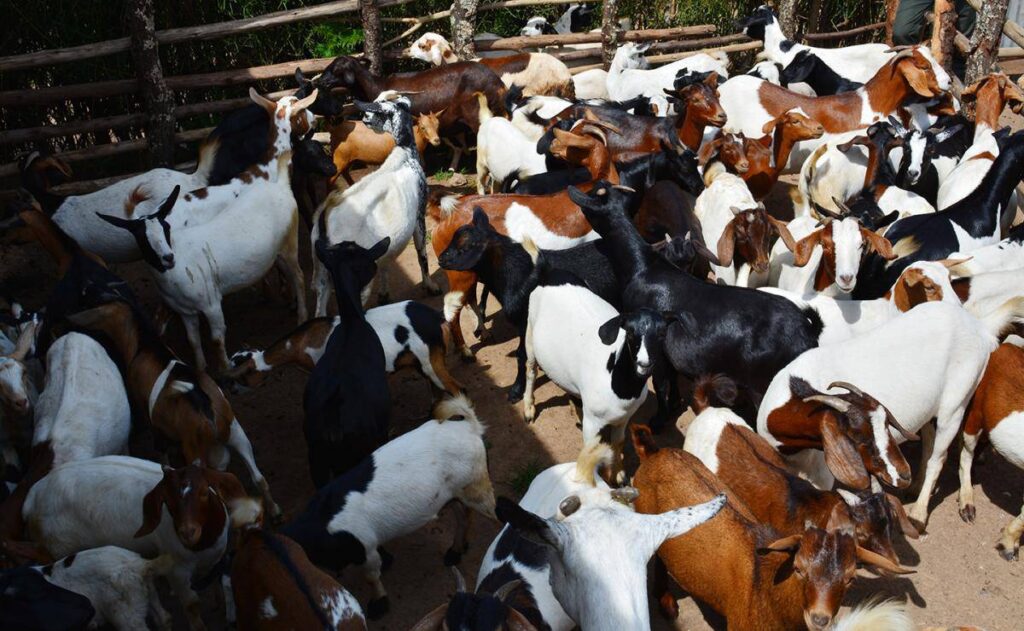
Wrapping Up
Getting into goat farming requires patience, planning, and practical knowledge. By choosing the right breed, maintaining proper housing and feeding systems, and staying proactive about health and breeding, beginners can set a solid foundation for success.
More importantly, cultivating a business mindset (keeping records, understanding your market, and planning for growth) will ensure that your farm doesn’t just survive but thrives.
With commitment and care, goat farming can be a rewarding journey that transforms from a modest side hustle into a reliable agricultural enterprise.
Related:

